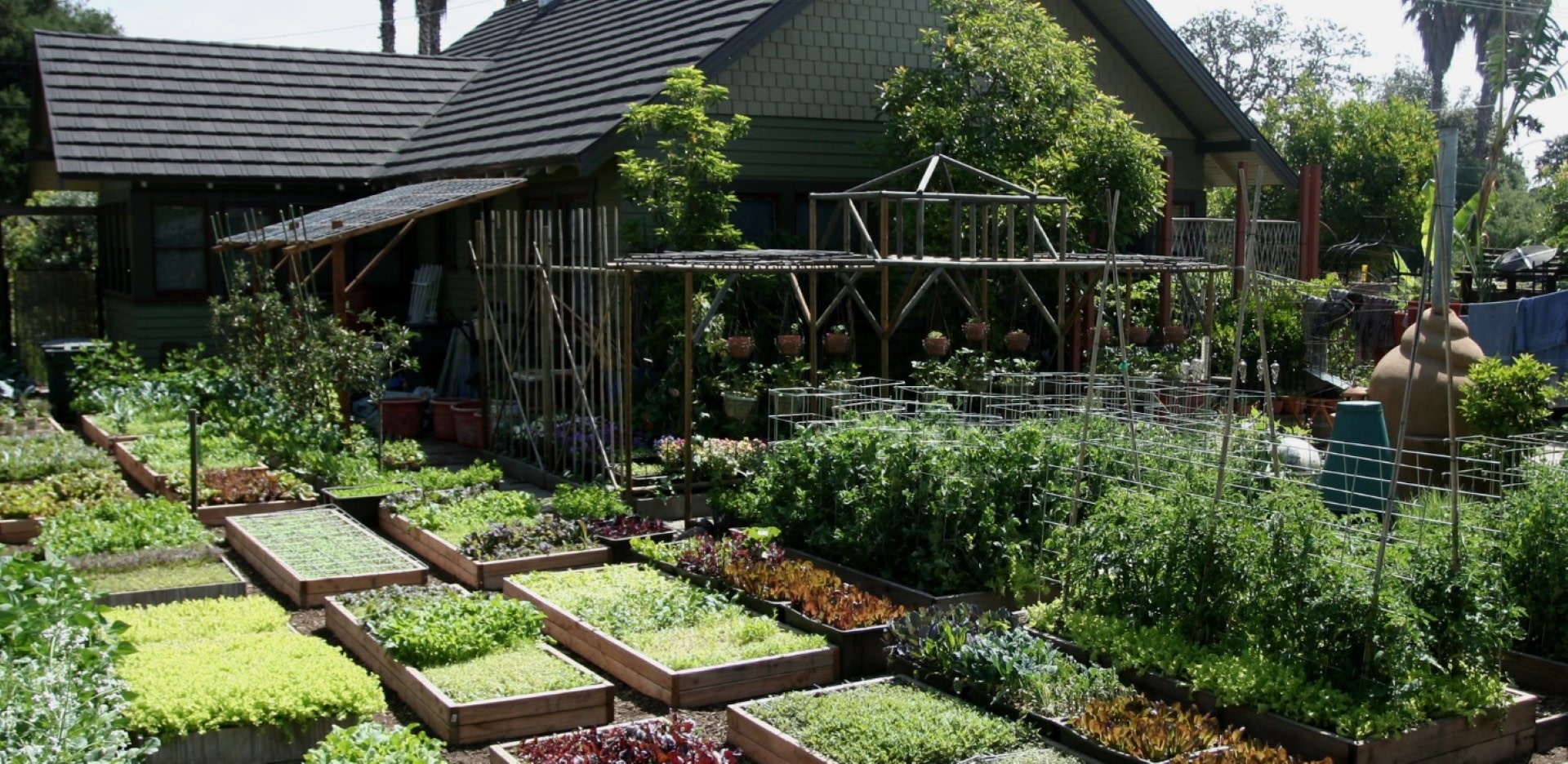Cultivating Sustainability: Urban Homesteading Landscaping Unveiled Urban homesteading landscaping is not just a trend; it's a lifestyle that transforms urban...
Eco-friendly gardening
Creating Harmony: Mindful Landscaping Practices Landscaping goes beyond aesthetics; it can be a mindful practice that fosters harmony with nature....






